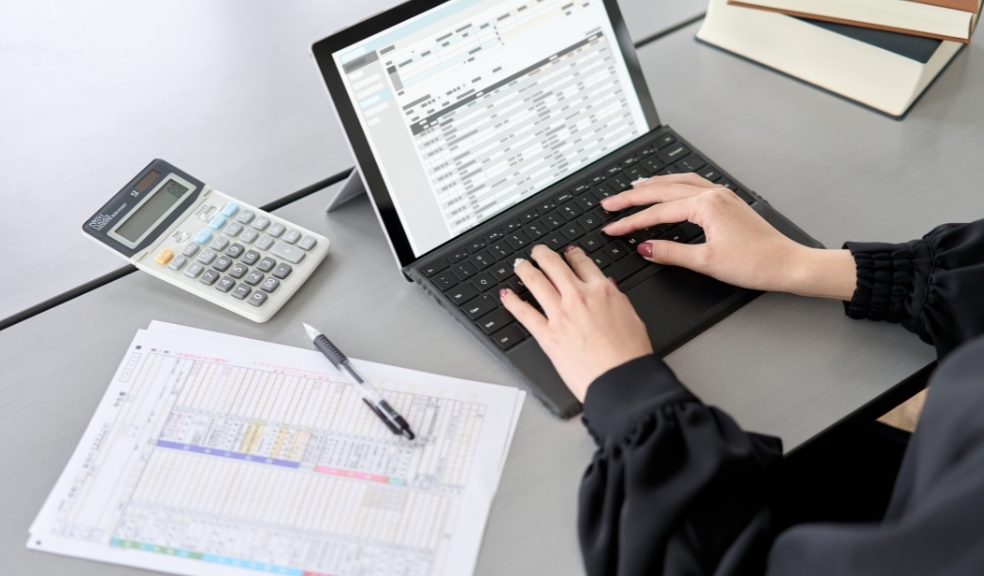
Keeping track of money coming in and going out is very important for any business. Double-entry bookkeeping is a simple way to do this by recording every transaction in two accounts. This helps make sure the records are correct and balanced. It’s like keeping two sides of a story, so nothing gets missed. Understanding this method is a first step to managing business finances well.
Whether you’re a small business owner, an accountant, or simply curious about how businesses keep their finances in check, understanding double entry bookkeeping is essential for grasping the fundamentals of sound financial management.
Double-entry bookkeeping is a system of keeping records of every transaction in two accounts, using debit in one account and credit in the other.
This keeps the business’s books balanced at all times. If one side changes, the other side must change too.
For example, if you buy a laptop, your cash account goes down (credit), and your equipment account goes up (debit).
This idea is called the double entry. The goal is always to keep your accounts balanced using the accounting equation.
The double entry bookkeeping system is based on the following equation:
Assets = Liabilities + Equity
Here’s what each term means:
Every time you record a transaction using double entry in accounting, this equation must stay balanced.
If you buy equipment worth £500:
The total value stays the same. This is the strength of double entry bookkeeping.
The double-entry bookkeeping system works by recording each financial transaction in two accounts, once as a debit and once as a credit. This method keeps your accounts balanced and accurate at all times.
In the double-entry bookkeeping system, every entry has two sides:
But debit does not always mean increase, and credit does not always mean decrease. It depends on the type of account.
|
Account Type |
Debit |
Credit |
|
Assets |
Increases the account |
Decreases the account |
|
Liabilities |
Decreases the account |
Increases the account |
|
Income |
Decreases the account |
Increases the account |
|
Expenses |
Increases the account |
Decreases the account |
|
Equity |
Decreases the account |
Increases the account |
The double-entry bookkeeping system works across five types of accounts:
Every business transaction changes at least two of these accounts.
Using the double-entry bookkeeping system offers many advantages:
If you want to grow your business or plan long-term, double-entry bookkeeping is the best method.
When selecting how to manage your business finances, it’s important to understand the difference between single-entry and double-entry bookkeeping. Each method has its own strengths, but the double-entry bookkeeping system offers more accuracy and control.
|
Feature |
Single-Entry Bookkeeping |
Double-Entry Bookkeeping |
|
Number of Entries |
One per transaction |
Two (a debit and a credit) |
|
Accounts Affected |
Only one account |
At least two accounts |
|
Complexity |
Simple to manage |
More detailed and structured |
|
Financial Accuracy |
Basic record-keeping |
Highly accurate and balanced |
The double entry bookkeeping system is used by many types of businesses and professionals. It’s the standard method for recording financial transactions accurately and keeping accounts balanced.
Whether you're a sole trader or managing a limited company, double-entry bookkeeping can help you stay organised and compliant.
1. Sole Traders & Freelancers: Even small businesses with regular income and expenses benefit from using double-entry bookkeeping.
2. Partnerships: Partnerships often deal with shared income, expenses, and investments. The double-entry system of bookkeeping keeps everything clear and fair between partners.
3. Limited Companies: Limited companies in the UK must keep accurate accounting records.
4. Accountants and Bookkeepers: Professionals always use double-entry bookkeeping. It gives clients a complete and reliable financial picture, with fewer errors and full audit trails.
Software That Supports Double-Entry Bookkeeping
Most modern accounting software uses the double-entry bookkeeping system in the background. Some best options include:
This software automates the process, so even non-accountants can benefit from double-entry bookkeeping without needing deep knowledge of accounting.
The double entry bookkeeping system records every transaction in two accounts, a debit in one and a credit in another, to keep your books balanced. Here are some common examples of double-entry bookkeeping.
You buy a printer for £300.
This keeps your asset total the same, just changing its form.
You sell a service for £500 and receive the payment immediately.
You gain income and increase your cash balance.
You borrow £5,000 from a bank.
This adds money to your bank account and records your obligation to repay.
You pay £1,000 for office rent.
Your bank balance goes down, and your expenses go up.
A client pays a £1,200 outstanding invoice.
You swap an unpaid invoice for actual cash.
The double-entry bookkeeping system helps businesses stay organised, accurate, and ready for growth. It makes it easier to catch mistakes, prepare financial statements, and stay compliant with HMRC rules.
If you're starting or scaling your business, using double-entry bookkeeping is the best choice. And if you need support, PHS Associates can help you set up and manage your bookkeeping the right way, accurately, compliantly, and with confidence. Contact us at 0208 8611685 and email info@phs-uk.co.uk. Get in touch today to register with confidence and focus on building your business.